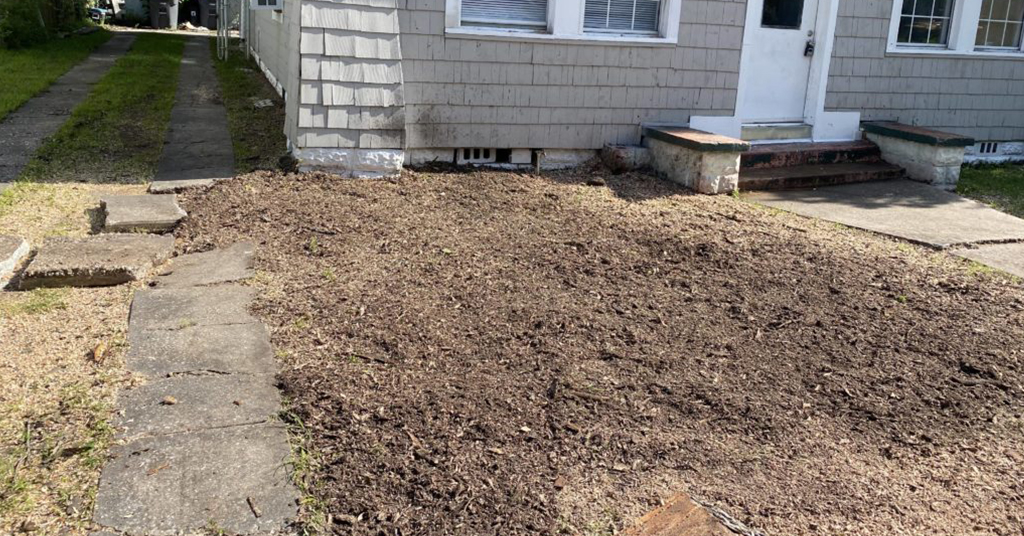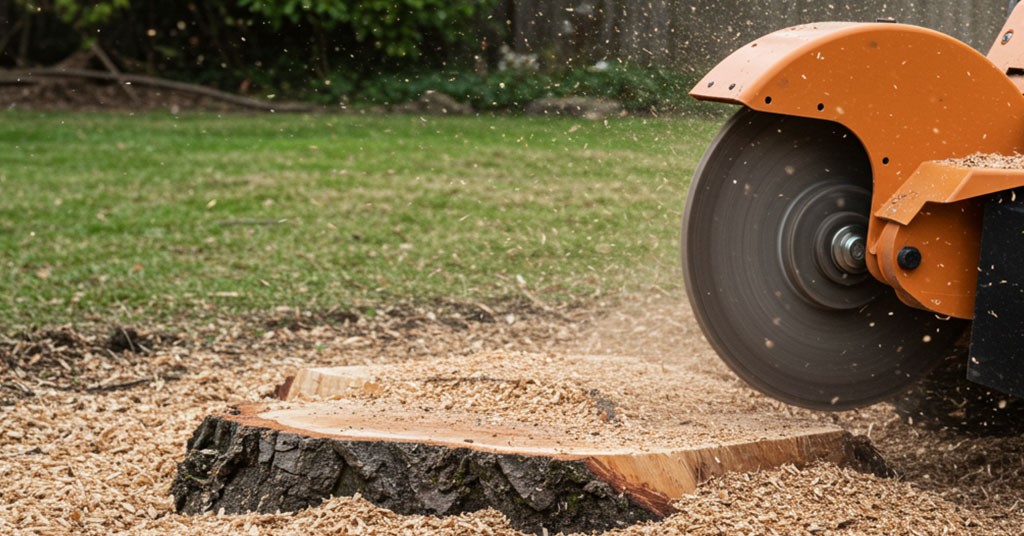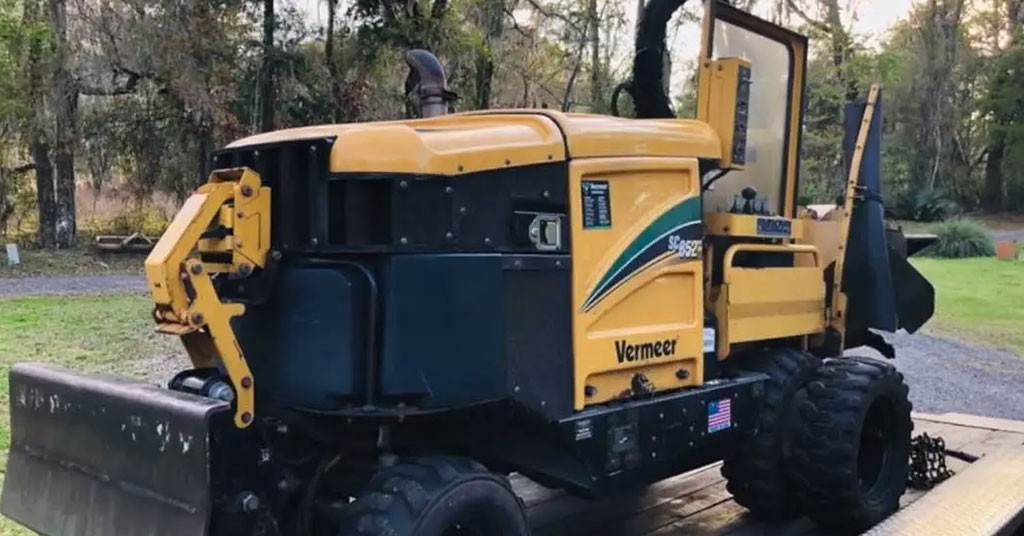

- 11 Dec, 2023
- Stump Grinding
Introduction
As technology marches forward and environmental consciousness deepens, the applications of stump grinding are expanding beyond its traditional uses, unlocking a realm of possibilities for the future. From contributing to environmental restoration to embracing cutting-edge technologies, stump grinding is poised to transform the landscape of arboriculture and land management.
Carbon Sequestration and Climate Change Mitigation: A Beacon of Hope
Stump grinding has the potential to emerge as a powerful tool in the fight against climate change by aiding in carbon sequestration. As wood chips from stump grinding decompose, they release carbon into the soil, enriching it with organic matter. This carbon becomes a stable component of the soil, contributing to long-term carbon storage. According to Stump Grinding Jacksonville experts, Future applications may focus on optimizing stump grinding techniques to maximize carbon sequestration benefits, aligning with global efforts to combat climate change.
Bioenergy Production: Harnessing the Power of Nature
In the era of renewable energy, stump grinding could become an integral part of bioenergy production. The ground-up wood chips can serve as a feedstock for biomass energy generation. According to Jacksonville Stump Grinding, Technological advancements may lead to the development of efficient methods for converting wood chips into bioenergy, contributing to sustainable energy solutions.
Advanced Mulching for Soil Health: Nourishing the Earth
Future applications of stump grinding may involve the development of advanced mulching techniques. This could include incorporating specific additives or enhancing the mulch with beneficial microorganisms to further improve soil health. Tailoring the mulching process to specific soil types and conditions may become the norm, ensuring optimal nutrient retention and erosion prevention.
Precision Landscaping and Site Preparation: Shaping Sustainable Landscapes
Stump grinding technology may evolve to offer precision landscaping solutions. Future applications could involve robotic or AI-assisted stump grinders capable of navigating complex terrains and addressing specific landscaping needs say professionals from Stump Grinding Jacksonville FL. This would allow for more efficient and precise site preparation in urban and suburban areas, contributing to sustainable land development practices.
Integrated Pest Management: A Holistic Approach to Pest Control
Stump grinding can be employed as part of integrated pest management strategies in the future. Removing tree stumps eliminates potential habitats for pests and pathogens, reducing the risk of infestations. Integrating stump grinding into holistic pest management plans may become a common practice in agriculture, forestry, and urban green spaces.
Urban Greening and Biodiversity Enhancement: Restoring Ecological Balance
Stump grinding can contribute to urban greening initiatives by creating space for new plantings. Future applications may involve strategic stump removal to enhance biodiversity in urban areas say professionals from Stump Grinding Orange Park FL. This could support the creation of green corridors, providing habitats for wildlife and promoting ecological balance within cities.
Smart Stump Grinding Technology: Intelligence at the Root
The future may bring about smart stump grinding technology that utilizes sensors, data analytics, and automation. Smart stump grinders could analyze soil conditions, assess the health of surrounding vegetation, and adapt their approach accordingly. This level of sophistication could optimize the stump grinding process for maximum environmental benefit and efficiency.
Educational and Research Initiatives: Fostering Knowledge and Conservation
Stump grinding's future applications may extend to educational and research initiatives. Arborists, ecologists, and environmental scientists could use stump grinding sites as study areas to understand soil dynamics, carbon cycling, and the impact on local ecosystems. This collaborative approach may contribute valuable data to environmental research and conservation efforts.
Conclusion: Shaping a Sustainable Future
The future applications for stump grinding hold exciting possibilities, ranging from environmental restoration to cutting-edge technologies that align with the evolving needs of our planet. As innovation continues to drive the field of arboriculture and land management, stump grinding stands poised to play a vital role in shaping a more sustainable and resilient future for our landscapes.
Related Blog
- 01 Sep 2024
- 0 Comment
What are other methods of stump removal?
Stump removal entails uprooting tree stumps from the ground using a machine named stump grinder. Stump originating from ground-up stump materials are disciplining for your ground to avoid the conclusion of revolting dips or voids in your yard. Ensure that...
- 01 Oct 2024
- 0 Comment
10 Benefits of Stump Grinding
A specialized device, a stump grinder, removes tree stumps from the ground during the stump removal procedure. By reducing the stump to tiny wood bits, this equipment removes it from the landscape permanently. To ensure that the entire tree is...
- 05 Jul 2024
- 0 Comment
Our Approach to Stump Removal
Stump removal entails uprooting tree stumps from the ground using a machine named stump grinder. Stump originating from ground-up stump materials are disciplining for your ground to avoid the conclusion of revolting dips or voids in your yard. Ensure that...


